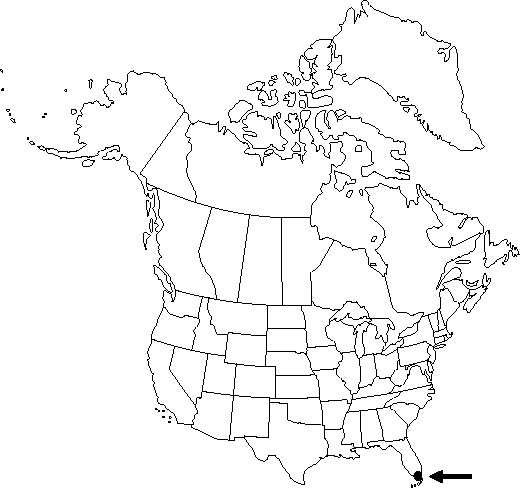Difference between revisions of "Ficus benghalensis"
Sp. Pl. 2: 1059. 1753.
FNA>Volume Importer |
FNA>Volume Importer |
||
| Line 55: | Line 55: | ||
|publication year=1753 | |publication year=1753 | ||
|special status=Selected by author to be illustrated;Introduced | |special status=Selected by author to be illustrated;Introduced | ||
| − | |source xml=https://jpend@bitbucket.org/aafc-mbb/fna-data-curation.git/src/ | + | |source xml=https://jpend@bitbucket.org/aafc-mbb/fna-data-curation.git/src/f6b125a955440c0872999024f038d74684f65921/coarse_grained_fna_xml/V3/V3_306.xml |
|genus=Ficus | |genus=Ficus | ||
|species=Ficus benghalensis | |species=Ficus benghalensis | ||
Revision as of 20:53, 24 September 2019
Trees, evergreen, to 30 m. Roots aerial, often descending to ground level and forming pillar-roots Bark of trunks and older branches brown, smooth. Branchlets puberulent, glabrescent in age. Leaves: stipules stout, 1.5-2.5 cm; petiole 1.5-7 cm. Leaf blade ovate, 10-30 × 7-20 cm, leathery, base cordate, margins entire, apex obtuse; surfaces abaxially puberulent, adaxially glabrous; basal veins (2-)3-4 pairs, 1/3-1/2 length of blade, reticulations regular; lateral veins 5-6(-7) pairs. Syconia paired, sessile, orange or red, depressed-globose, 1.5-2 × 2-2.5 mm, pubescent; subtending bracts ovate, 3-7 mm, puberulous; ostiole closed by 3 flat or nearly umbonate apical bracts 3-4 mm wide.
Phenology: Flowering all year.
Habitat: Disturbed thickets
Elevation: 0-10 m
Distribution

Fla., Asia (native to Pakistan and India).
Discussion
Selected References
None.
